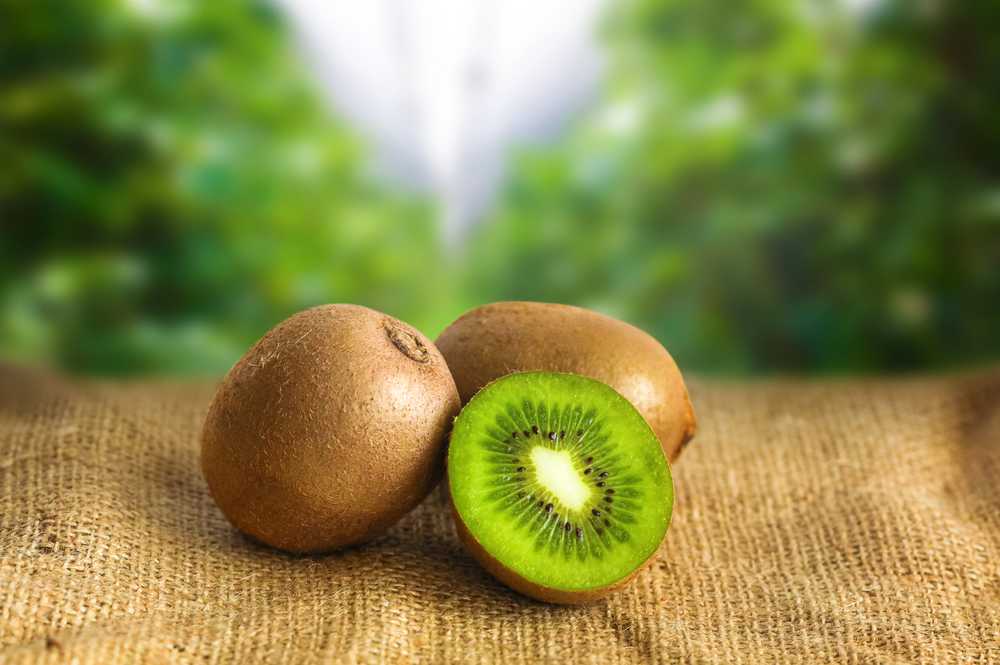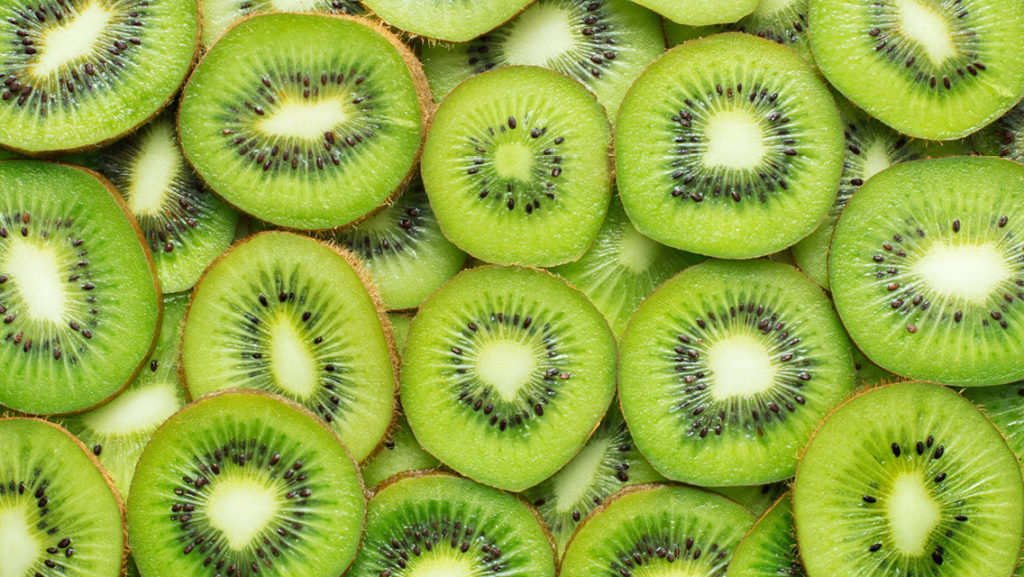Study Flavor: Exploring What Do Kiwis Taste Like
Wiki Article
A Deep Study Kiwi Growing: Revealing the Methods, Difficulties, and Prospective for Sustainable Farming
In this short article, we will take you on a deep dive right into the methods, challenges, and possibility for lasting farming in the globe of kiwis. Discover the optimal expanding problems, innovative cultivation strategies, and the sustainable practices that can open the complete potential of kiwi farming.Optimum Expanding Conditions for Kiwi Plant Kingdoms

Cutting-Edge Growing Techniques
To optimize kiwi growing, employ cutting-edge strategies that improve efficiency and sustainability. One such technique is accuracy agriculture, which utilizes innovative modern technologies like drones, GPS, and remote picking up to keep an eye on and manage plants a lot more efficiently. Drones equipped with multispectral electronic cameras can catch high-resolution pictures of kiwi plants, enabling farmers to analyze their health and wellness and detect any kind of indications of disease or anxiety. GPS modern technology permits accurate mapping and monitoring of the kiwi vines, maximizing irrigation and fertilizing methods to ensure that each plant gets the required nutrients and water. An additional advanced strategy is vertical farming, which entails growing kiwi plants in piled layers using artificial illumination and climate-controlled settings. This technique takes full advantage of land usage efficiency and minimizes water consumption, making it optimal for urban areas or areas with limited arable land. In addition, aeroponics and hydroponics systems are gaining popularity in kiwi growing. These soilless farming methods supply plants with a nutrient-rich remedy or mist, respectively, advertising faster development and higher yields. By accepting these sophisticated techniques, kiwi farmers can achieve higher productivity, enhance source application, and add to sustainable farming methods.Challenges Faced by Kiwi Farmers
Facing countless challenges, kiwi farmers need to navigate with various challenges to ensure effective cultivation and sustainable farming methods. Kiwi plants require a certain environment to thrive, with trendy winter seasons and cozy summers.Another substantial challenge for kiwi farmers is diseases and bugs. Kiwi creeping plants are vulnerable to a variety of pests, including termites, aphids, and thrips, which can harm the fallen leaves and fruit. Additionally, diseases like Psa (Pseudomonas syringae pv. actinidiae) and botrytis can drastically impact kiwi production. Farmers need to use integrated insect administration techniques, such as regular tracking, organic control approaches, and proper sanitation, to take care of and protect against pest and disease break outs.
Kiwi farming needs labor-intensive tasks, such as trellising, harvesting, and pruning. Finding proficient laborers that are experienced about kiwi farming strategies can be difficult.
Lasting Farming Practices for Kiwi Growing

To guarantee sustainable kiwi growing, you can carry out a series of techniques that advertise ecological stewardship and long-lasting stability of your ranch. One vital technique is using natural plant foods and parasite management methods. By staying clear of synthetic chemicals and rather choosing natural choices, you can lessen the adverse effect on dirt health and wellness and biodiversity. Furthermore, it is critical to exercise accountable water administration. Kiwi plants need a substantial amount of water, but too see it here much watering can cause water waste and soil erosion. Carrying out reliable watering systems, such as drip irrigation or precision lawn sprinklers, can aid save water and enhance its usage. An additional lasting farming method is making use of cover plants. These crops not only help prevent dirt erosion but additionally enhance soil fertility by including natural matter and dealing with nitrogen. Furthermore, implementing incorporated insect management approaches can substantially decrease the need for chemical pesticides. By urging natural killers, utilizing scent traps, and exercising crop turning, you can efficiently regulate insects while minimizing ecological injury. Lastly, taking on sustainable power practices, such as using solar power or investing in energy-efficient innovations, can decrease your farm's carbon impact and add to a more lasting kiwi farming system.
Opening the Possible of Kiwi Farming
By implementing sustainable farming methods, you can open the complete capacity of kiwi farming while decreasing ecological influence. Kiwi farming has tremendous potential for growth and profitability, however it likewise includes its own collection of difficulties. To completely unlock this capacity, it is important to adopt sustainable techniques that not only maximize return and top quality yet additionally make sure long-lasting feasibility.One trick facet of opening the capacity of kiwi farming is enhancing irrigation practices - what do kiwis taste like. Kiwi plants require a specific quantity of water to prosper, and by utilizing effective irrigation systems such as drip irrigation or accuracy lawn sprinklers, you can lessen water waste and reduce the threat of waterlogging or dirt erosion
Another vital variable is dirt health and wellness management. Healthy and balanced and abundant dirt is vital for the growth and growth of kiwi plants. By carrying out techniques such as cover cropping, plant turning, and organic fertilizing, you can enhance soil framework, boost vitamins and mineral accessibility, and minimize the demand for chemical inputs.
Moreover, integrated parasite administration (IPM) strategies are vital in unlocking the potential of kiwi farming. By taking on IPM techniques such as organic insect control, scent traps, click for info and plant monitoring, you can properly handle parasites and illness while decreasing making use of chemical pesticides.
Conclusion
In verdict, kiwi cultivation holds excellent possible for sustainable farming practices. With ideal expanding problems and an emphasis on lasting practices, kiwi farming can flourish while decreasing ecological impact.Discover the optimal growing conditions, innovative farming strategies, and the lasting techniques that investigate this site can unlock the full capacity of kiwi farming. By accepting these innovative methods, kiwi farmers can attain better performance, maximize source application, and add to lasting farming methods.
Dealing with many obstacles, kiwi farmers have to browse with different challenges to make sure successful growing and lasting farming practices.By executing sustainable farming practices, you can unlock the complete possibility of kiwi farming while reducing ecological effect.In verdict, kiwi farming holds excellent potential for lasting farming techniques.
Report this wiki page